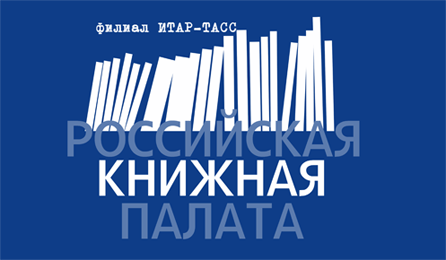Shagaida N. I. Is it possible to quickly eliminate labor shortage in Russian agriculture? // The Russian Peasant Studies. 2024. V.9. №2. P. 139-152.
DOI: 10.22394/2500-1809-2024-9-2-139-152
Annotation
In November 2023, the First Deputy Minister of Agriculture Oksana Lut estimated the shortage of workers in agriculture at 200,0001, obviously implying agricultural organizations. According to Lut, one of the reasons for such a shortage is low salaries: the limited effective demand for products does not allow agricultural organizations to increase the selling price of produce, which limits the wages of agricultural workers. However, the number of people employed in agriculture declines almost everywhere — this is a common situation in many countries. On the one hand, this decline is determined by an increase in labor productivity, i.e., a reduction in the number of workers is the desired result; on the other hand, many agricultural enterprises suffer from the lack of needed workers. Therefore, it is necessary to understand why there is a shortage of agricultural workers in Russia, focusing on the details of this situation. Based on the Federal State Statistics Service’s data, the author considers this situation, in particular the number of employed in agriculture, main reasons for such a labor shortage in agriculture and national economy in general, possibilities and limitations of the reliance/ dependence on labor migrants (especially from the post-Soviet countries) and on unemployed in the Russian labor market, regional differences in the available workforce, finally providing some recommendations to change the current situation.
Keywords
Labor shortage, agriculture, agricultural organizations, wages, unemployment, labor migrants, regional differences.
About the author
Shagaida Natalia I., DSc (Economics), Head of the Center for Agro-Food Policy, Russian Presidential Academy of National Economy and Public Administration. Vernadskogo Prosp, 82, Moscow, 119571.
E-mail: This email address is being protected from spambots. You need JavaScript enabled to view it.
The article was submitted on 22.02.2024.
Zhidkevich N. Today’s migrant workers in the north and south of European Russia // The Russian Peasant Studies. 2017. V.2. №3. P. 97-107.
DOI: 10.22394/2500-1809-2017-2-3-97-107
Annotation
The article considers the phenomenon of temporary labor migration, i.e. the so-called ‘contemporary migrant/seasonal work’. The author focuses on its regional features determined by economic, social-cultural and demographic situation in the migrant workers’ hometowns and villages. There is a clear differentiation in such characteristics as the scale of migrant work, women’s seasonal positions, dominant motives of such work and its key specialties, migrant workers’ status in the local community, etc., especially in the northern and southern parts of European Russia. The share of migrant workers in local communities is much higher in the ‘south’ than in the ‘north’ for the density of population in the ‘south’ is higher. In the ‘south’, both men and women are engaged in migrant work while in the ‘north’ women among the migrant workers are rare. The ‘north’ with its forests is known for migrant carpenters that build houses, bathhouses and other buildings for wealthy city dwellers (there are almost no carpenters in the ‘south’). The ‘southern’ migrant workers can be divided into two groups —general workers and skilled workers engaged in oil and gas industries, so labor competition is fierce in the ‘south’; moreover there is a big demand for ‘northern’ carpenters’ unique skills. Thus, ‘southern’ migrant workers are motivated by push-factors, while the ‘northern’—by the attraction-factors. The scale of migrant work and its key specialties determine the differences in migrant workers’ positions in local communities: for instance, carpenters of the ‘north’ mainly have a high social status; ‘southern’ migrant general workers usually have a low status, while the skilled ones—a high status.
Keywords
migrant work, (temporary) labor migration, regional differences, the north and south of European Russia, Russian periphery, employment strategies
About the author
Zhidkevich Natalia, Analyst, Project-Training Laboratory of Municipal Government, National Research University Higher School of Economics, 20 Myasnitskaya Str., Moscow, 101000, Russian Federation.
E-mail: This email address is being protected from spambots. You need JavaScript enabled to view it.





















